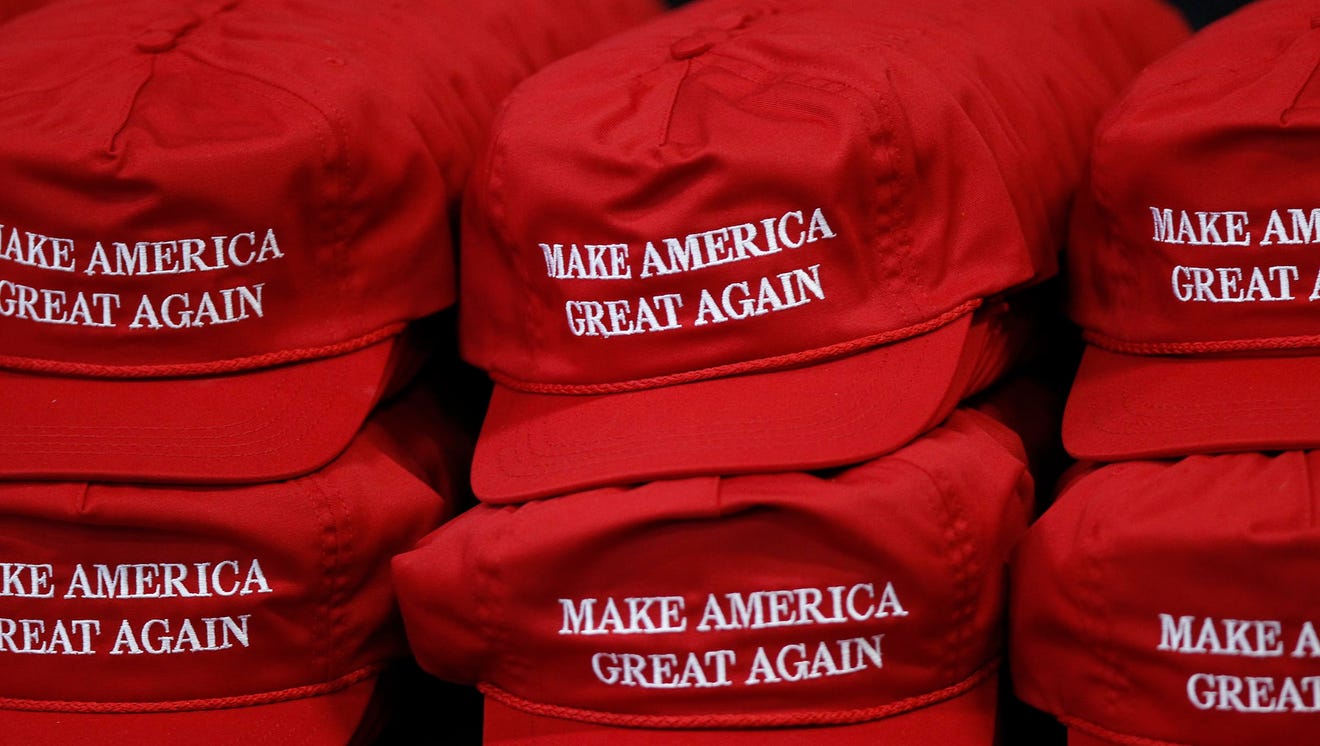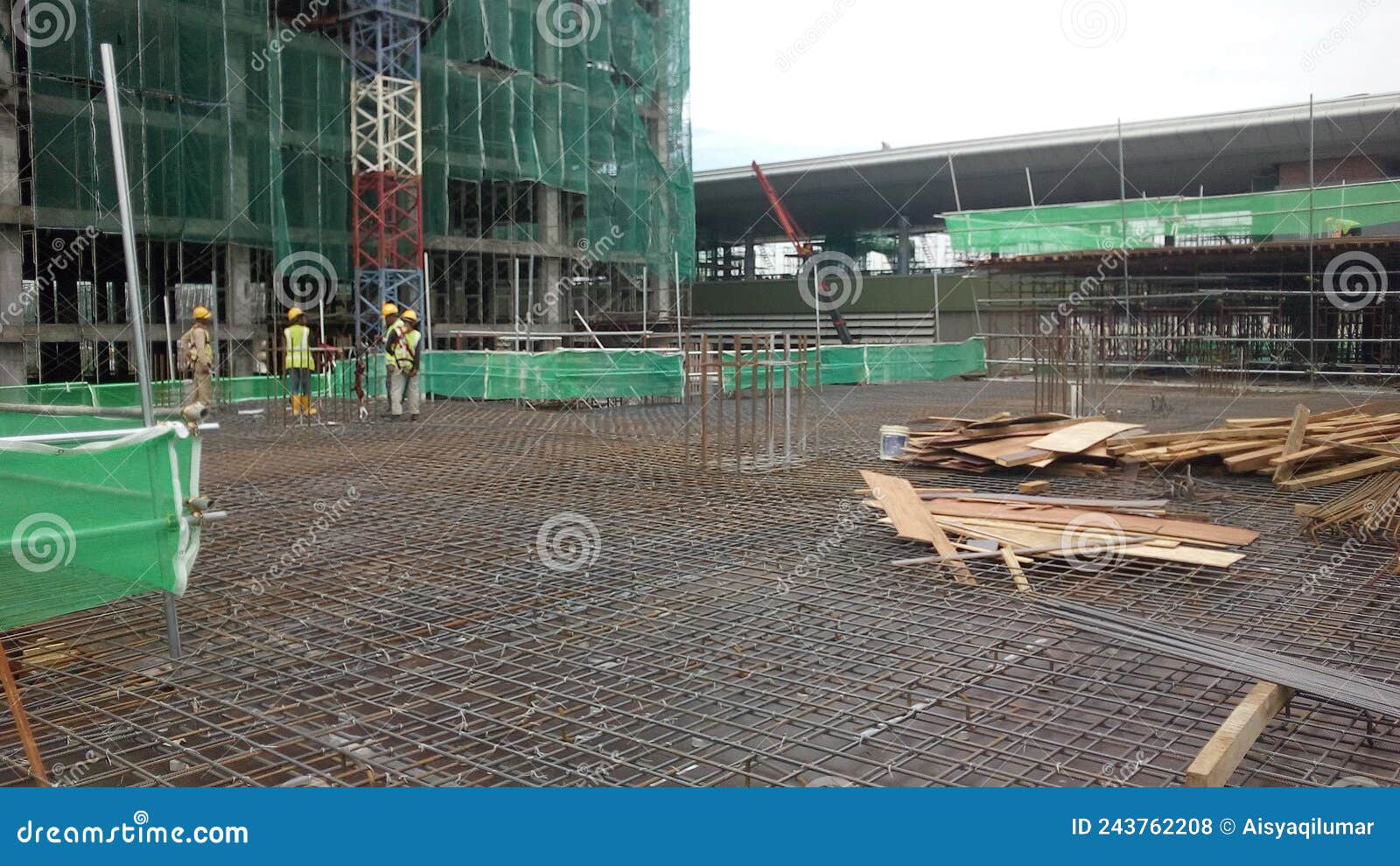The Reality Of Reshoring Manufacturing Jobs Under Trump

Table of Contents
H2: Trump Administration Policies Aimed at Reshoring
The Trump administration implemented several policies explicitly designed to incentivize companies to bring manufacturing back to the United States. These initiatives aimed to create a more favorable business environment for domestic manufacturing, thereby boosting job creation and economic growth.
H3: Tax Cuts and Incentives:
A cornerstone of the Trump administration's economic agenda was the Tax Cuts and Jobs Act of 2017. This legislation significantly lowered the corporate tax rate, from 35% to 21%, making the US potentially more attractive for businesses considering reshoring. The intended impact was to reduce the cost of doing business in America, encouraging investment and job creation in manufacturing. While some companies may have been influenced by this reduction, the overall effect on reshoring was complex and difficult to isolate from other market factors.
- Specific Tax Cuts and Incentives: Reduced corporate tax rate (21%), expensing of capital investments, and various state and local incentives designed to attract manufacturing facilities.
H3: Trade Policies and Tariffs:
Trump's administration employed a protectionist trade policy, imposing significant tariffs on imported goods from countries like China. The stated goal was to level the playing field for American manufacturers and make imports more expensive, thereby boosting demand for domestically produced goods and creating incentives for reshoring.
- Key Trade Agreements Affected: NAFTA (renegotiated as USMCA), trade relations with China.
- Specific Tariffs Imposed: Tariffs on steel, aluminum, and various consumer goods from China.
However, these tariffs had unintended consequences. Some businesses faced increased input costs due to higher prices on imported materials, offsetting any benefits from reshoring. Furthermore, retaliatory tariffs from other countries negatively impacted American exporters. The net effect on reshoring was a subject of intense debate.
H3: Regulatory Reforms:
The administration also pursued regulatory reforms aimed at streamlining the manufacturing process, reducing bureaucratic hurdles, and making it easier for companies to operate in the US. The goal was to create a less burdensome regulatory environment.
- Examples of Regulatory Reforms Impacting Manufacturing: Relaxation of environmental regulations in some sectors (though this was controversial and met with resistance), streamlining permitting processes for new facilities.
However, the effectiveness of these reforms in actually driving reshoring remained debatable. While reduced bureaucracy could have played a positive role, other factors often outweighed these benefits for businesses making location decisions.
H2: The Actual Impact of Reshoring Under Trump
Assessing the true impact of Trump's policies on reshoring requires careful consideration of the data and a nuanced understanding of the factors involved.
H3: Job Growth Numbers:
While the manufacturing sector did see some job growth during the Trump administration, it's crucial to analyze whether this was primarily due to reshoring or other factors. Job growth figures need to be considered in the context of broader economic trends and compared to previous administrations. Attributing job growth solely to reshoring policies is an oversimplification.
- Specific Statistics and Sources: (This section requires data from reliable sources like the Bureau of Labor Statistics. Specific numbers should be inserted here.)
H3: Factors Affecting Reshoring Beyond Policy:
Several other factors profoundly influence companies’ decisions on where to locate their manufacturing facilities. These factors often outweigh the impact of government policies.
- Influential Factors: Automation (reducing the need for labor), labor costs (both in the US and overseas), supply chain logistics (proximity to suppliers and markets), access to skilled labor, and infrastructure.
Automation, for instance, is driving down labor costs in manufacturing, potentially reducing the incentive to reshore jobs. Similarly, global supply chains are complex, and simply altering trade policies doesn't automatically solve logistics challenges.
H3: Case Studies of Reshoring Successes and Failures:
Analyzing specific case studies of companies that did or did not reshore under the Trump administration provides valuable insight. These examples highlight the complexity of the decision-making process. (This section requires specific examples of companies and their rationale.)
- Case Study Examples: (Insert concrete examples here, detailing the reasons for success or failure in each case – e.g., a company that reshored due to tariffs vs. one that stayed overseas due to automation advantages.)
H3: Conclusion: A Realistic Assessment of Reshoring Manufacturing Jobs Under Trump
The reality of reshoring manufacturing jobs under the Trump administration was far more nuanced than simple narratives suggest. While policies like tax cuts, tariffs, and regulatory reforms were intended to boost domestic manufacturing and create jobs, their actual impact was intertwined with various other economic forces. Job growth in the manufacturing sector occurred, but definitively attributing it solely to reshoring policies is inaccurate. Automation, labor costs, and global supply chain dynamics also played significant roles. Ultimately, successful reshoring strategies require a multifaceted approach that addresses these broader economic realities.
Future reshoring initiatives should focus on a comprehensive strategy that incorporates sustainable and equitable practices, including investment in education and training to develop a skilled workforce, addressing infrastructure deficiencies, and promoting innovation in manufacturing technologies. Further research and open discussion are vital to developing effective strategies for successful reshoring strategies in the future, focusing on long-term economic viability rather than short-term gains.

Featured Posts
-
 Minnesota Twins Baseball 10 Games On Kcrg Tv 9
May 21, 2025
Minnesota Twins Baseball 10 Games On Kcrg Tv 9
May 21, 2025 -
 Architektenentscheid Endgueltige Formgebung Am Bau
May 21, 2025
Architektenentscheid Endgueltige Formgebung Am Bau
May 21, 2025 -
 Jonathan Burkardt And Nadiem Amiri Mainzs Comeback Victory Over Rb Leipzig
May 21, 2025
Jonathan Burkardt And Nadiem Amiri Mainzs Comeback Victory Over Rb Leipzig
May 21, 2025 -
 Ftc Investigates Open Ai Chat Gpt Under Scrutiny
May 21, 2025
Ftc Investigates Open Ai Chat Gpt Under Scrutiny
May 21, 2025 -
 William Goodge Fastest Foot Crossing Of Australia
May 21, 2025
William Goodge Fastest Foot Crossing Of Australia
May 21, 2025
